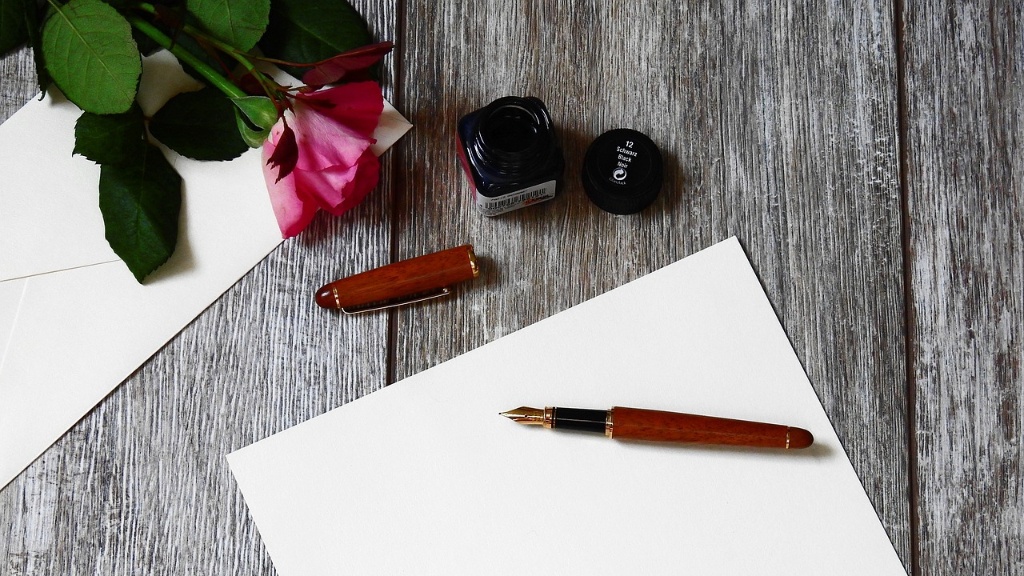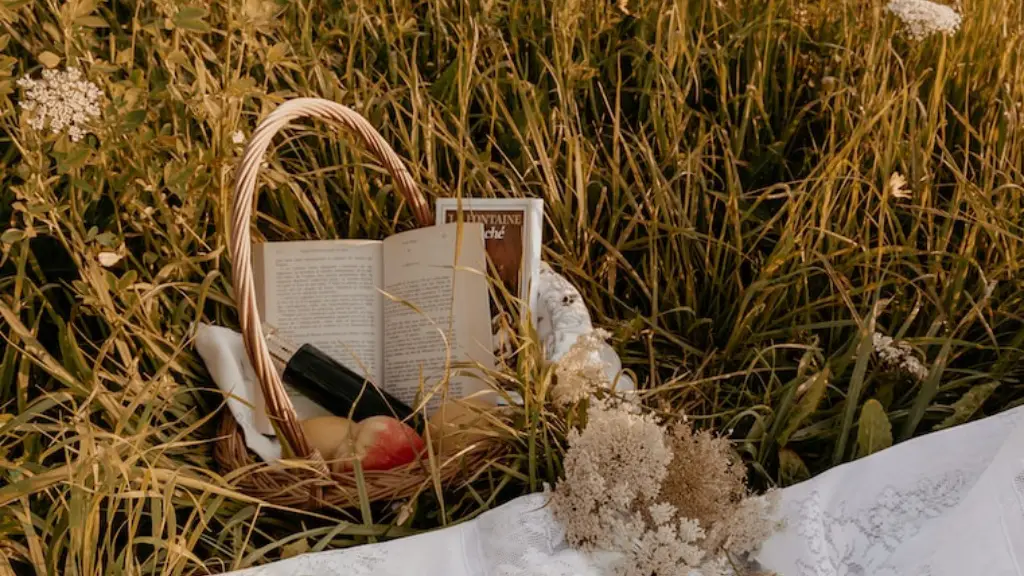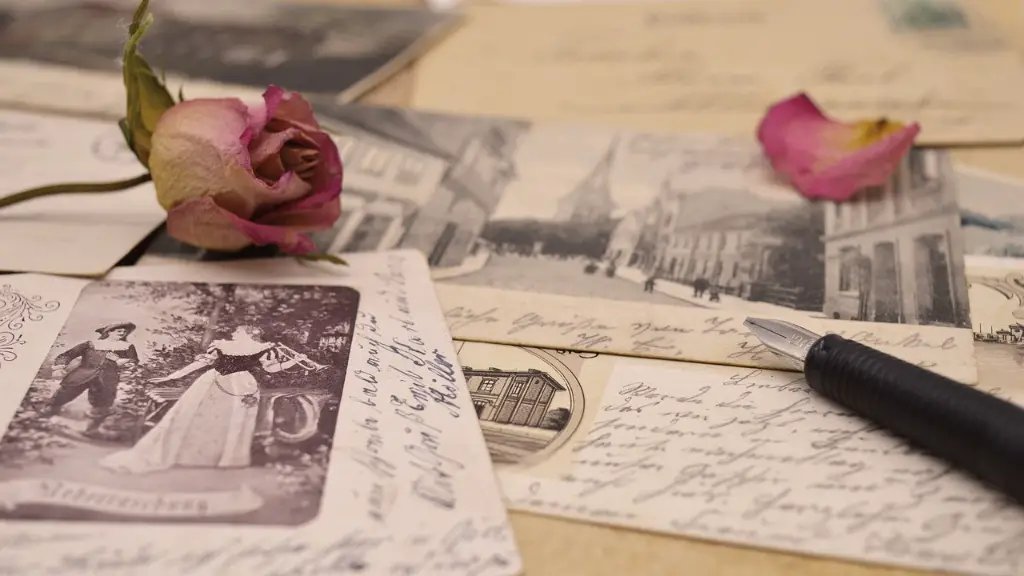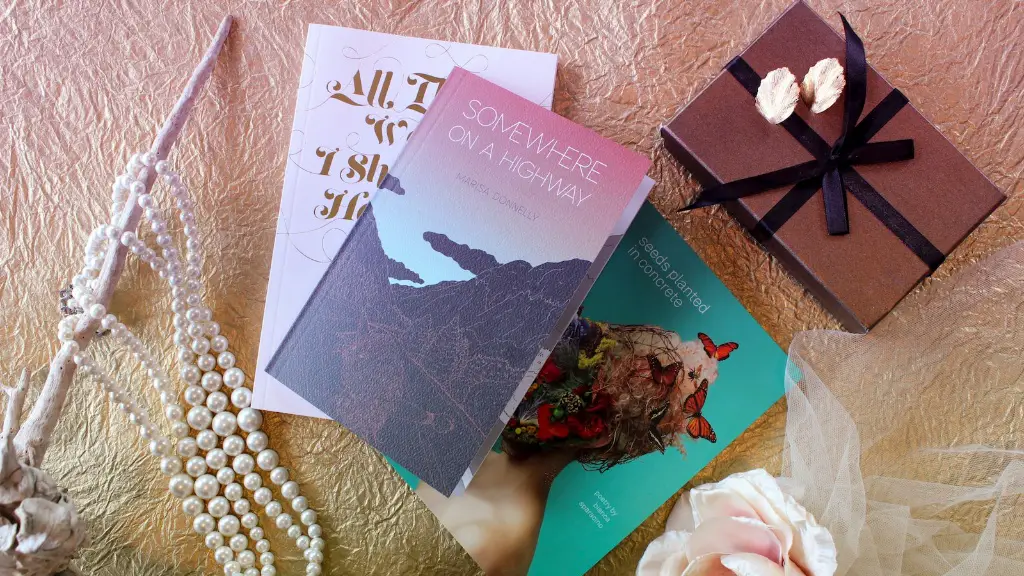People in Emily Dickinson’s time did not appreciate her poetry because it was so different from what they were used to. Her poems were short, lacked punctuation, and often dealt with dark or depressing subjects. Dickinson was also a very private person who rarely left her home, which made her somewhat of a mystery to her contemporaries.
There isn’t a single answer to this question since people have different reasons for not liking Emily Dickinson. Some might find her poetry too challenging or difficult to understand, while others may not appreciate her dark and somber subjects. Some might simply not be fans of poetry in general. Whatever the reason, there are sure to be plenty of people who don’t enjoy Dickinson’s work.
What problems did Emily Dickinson have?
Both the poet Emily Dickinson and the artist Vincent van Gogh wrestled with mental illness in their adult lives. There are indications that both suffered from major depression, bipolar disorder, and seasonal affective disorder. Dickinson’s poetry often reflects her dark moods, and van Gogh’s paintings are sometimes chaotic and violent. While both artists were incredibly talented, their mental illness made it difficult for them to function in society.
Dickinson’s focus on death may have been unfairly misinterpreted as morbidity, when in fact she was likely just exploring the many questions surrounding the afterlife that were prevalent in her New England culture. evangelical Christian questions of salvation, redemption, and the afterlife were all topics of great interest to Dickinson, and she likely used her poetry as a way to explore these concepts further. While death may have been a central theme in her work, it was by no means the only thing she wrote about, and to label her as a “morbid poet” does not do her justice.
What is unusual about Emily Dickinson
Dickinson’s style is unique in that it disregards many common literary rules. She experimented with capitalization and allowed sentences to run on. Her work was inspired by the rhythmic devices of religious psalms, but she commonly interspersed her own creative pauses within the stanzas.
Emily Dickinson was a prolific poet who wrote nearly 1,800 poems in her lifetime. Though few of her poems were published during her lifetime, she sent hundreds of them to friends, relatives, and others, often as part of letters. Her poetry is characterized by its concise and elliptical style, as well as its focus on nature, death, and the inner life of the mind.
What were Emily Dickinson’s last words?
Emily Dickinson was an American poet who is considered one of the most important writers of the 19th century. She died of Bright’s disease in 1886. In her final days, she was only able to write brief notes to her niece. Dickinson’s final message contained the words, “I must go in, the fog is rising.”
There are many theories about why Emily Dickinson may have never left the family property after the late 1860s. The most prevalent speculation is that she suffered from some form of agoraphobia or anxiety disorder. It is also possible that she was simply content with her life as it was and saw no need to venture outside her comfort zone. Whatever the reason, Emily Dickinson led a relatively isolated life but still managed to produce some of the most beautiful and memorable poems in American literature.
What kind of person is Emily Dickinson?
Emily is a great listener and is always seeking to understand the world around her. She generally prefers small groups or being alone to large crowds. Emily is an idealistic person and is very adaptable. She is a great friend to have around, always looking to help out where she can.
What are some things you can do to be a better student?
There are a few things you can do to be a better student. One is to keep up with your assignments and readings. Another is to participate in class. And lastly, you can study for exams.
What did Emily Dickinson died of
The letters of Anne Boleyn offer valuable insight into her final days and what may have caused her death. The symptoms she describes – severe headache and nausea – along with her description of a coma punctuated by raspy and difficult breathing, lead researchers to conclude that she died of heart failure induced by severe hypertension (high blood pressure). This would explain the sudden onset of her symptoms and the fact that she was otherwise healthy prior to her death. While we cannot know for certain what caused her death, the evidence points to a health condition that was likely exacerbated by the stress of her final days.
There is much evidence to support the claim that Emily Dickinson and Susan Gilbert were in love with each other. They were childhood friends who remained close throughout their lives, living next door to each other as adults. Their correspondence indicates a deep affection for one another, and many scholars believe that their relationship was physically intimate as well. While we cannot know for sure what happened between them, it is clear that they had a special bond that transcended the conventional boundaries of friendship.
Was Emily Dickinson suicidal?
Emily Dickinson was an enigmatic figure, who seems to have been ahead of her time in many ways. She was a prolific poet, who wrote about topics that were often considered taboo in her day. She also led a very reclusive life, spending the later years of her life mostly confined to her room. While it is not known for certain, it is believed that she died of natural causes, due to her many medical conditions, at the age of 55 in 1886.
These are the 19 most famous last words of all time. They are all very poignant and offer a glimpse into the final thoughts of some very famous people.
Why did Dickinson isolate herself
Dickinson was a rebellious woman who went against the norms of her time. She chose to live a life of self-isolation in order to write her famous poems. Even though she was living in a time when women were expected to be submissive and pious, Dickinson carved out her own path and became one of the most celebrated poets of her time.
Emily Dickinson was a prolific poet who never married. She had many suitors and romantic relationships, but she never found anyone she felt was worth marrying. While we don’t know her exact reasons for remaining single, it is clear that Dickinson valued her independence and was content with her life as a spinster.
What religion was Emily Dickinson?
I was brought up in a Calvinist household and attended religious services with my family at the Amherst First Congregational Church. This church is now the administrative offices for Amherst College. I remember the congregation being very welcoming and loving. My experience with this church has been very positive and I would recommend it to others.
Though Emily Dickinson never married, she did have significant relationships with several men who were friends, confidantes, and mentors. She also enjoyed an intimate relationship with her friend Susan Huntington Gilbert, who became her sister-in-law by marrying Austin. These relationships were important to Dickinson and helped to shape her life and work.
Final Words
There is no one answer to this question. Some people may not have liked Emily Dickinson because she was a reclusive figure who rarely left her home, while others may have been put off by her unconventional views on religion and death. Some may have simply not been fans of her poetry.
There are many possible reasons why people didn’t like Emily Dickinson when she was alive. Some may have found her shy and aloof, while others may have been put off by her strange, reclusive behavior. Others may have simply found her poetry too difficult to understand. Whatever the reason, it’s clear that Dickinson was not a particularly popular figure during her lifetime.





